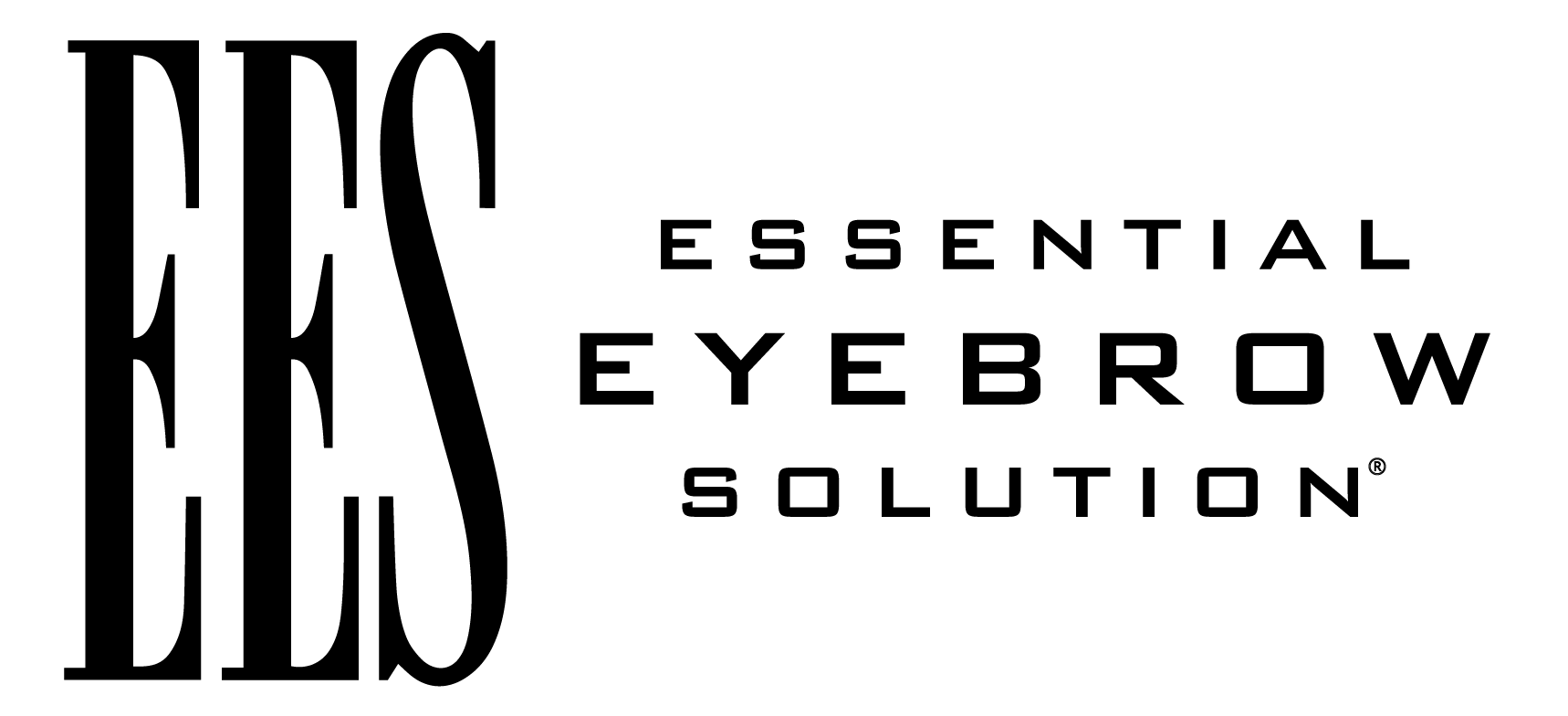Postpartum Hair Loss 101
Having a new baby can be exhausting, both physically and mentally. Sleep deprivation and the demands of taking care of a (frequently crying) infant can make many new moms joke about wanting to pull their hair out.
However, it’s not funny when soon after your baby is born, you start shedding hair and you find a much larger number of strands of your beautiful locks in the shower drain or on your comb or brush. There’s never a good time for hair loss, but postpartum hair loss can be particularly devastating because it comes at a time when new moms are trying to get back into shape and just feel like their pre-pregnancy self again.
If you’re experiencing postpartum hair loss, don’t panic! You aren’t going bald. Science tells us that postpartum hair loss is normal and usually temporary. The American Academy of Dermatology website (aad.org), WebMD, and similar sources say that higher estrogen levels during pregnancy help keep your hair from falling out at its normal shedding rate. The result? Most women benefit from fuller, shinier hair during their pregnancies. Once you give birth, your estrogen levels decline again. So, the hair you are losing is actually just the extra hair you grew during your pregnancy. Generally, these changes occur around 3-4 months postpartum and stop by about six months after giving birth.
What can you do if you are experiencing postpartum hair loss? Here are four helpful tips:
1. See your stylist – Tell your hairstylist about the post-pregnancy hair changes you’re experiencing. He or she might recommend adding layers for extra volume, changing the location of your part, or a cute new style that’s easier to manage. (A new ‘do’ might even simplify your morning routine. With a newborn, that’s a definite plus!)
2. Keep taking vitamins – Did you take pre-natal vitamins during your pregnancy? Ask your doctor if you should continue to take them, especially if you are breastfeeding. Rich in folic acid, iron, calcium and iodine, pre-natal vitamins are a great way to help cover any nutritional gaps in your diet.
3. Eat a healthy diet – When you’re taking care of a baby 24/7, it’s easy to stop taking proper care of yourself. Eat nutrient-packed, green leafy vegetables, high-protein lean meats, lentils and beans. (Your body will thank you!) New moms don’t have a lot of uninterrupted time to make elaborate meals. While it can be tempting to head to the drive-thru—don’t! Opt for healthy, easy-to-make recipes and snacks instead.
4. Talk to your doctor – There’s no better source for invaluable information than your trusted physician. He or she may request additional bloodwork to rule out other underlying conditions or refer you to a board-certified dermatologist. When it comes to hair loss help, you’re not alone.
And remember, just as no two pregnancies are alike, neither is postpartum hair loss. Some women experience it after one pregnancy and not with another.
There are many other reasons for female hair loss that are unrelated to pregnancy—undiagnosed thyroid issues, heredity, a nutritional deficiency, menopause and stress. For helpful information about these other types of female hair loss, click here to read more from The American Hair Loss Council.
Keep reading my blogs to learn more about the latest trends in haircare, beneficial health and wellness tips, eyebrow-related news and much more!
Always remember: Be informed. Be encouraged. Be empowered. But, most of all . . . Be yourself.

About the Author
Renata Marie Vestevich is the president and founder of EES – Essential Eyebrow Solution®. She is also the owner and director of Advanced Hair Solutions in Auburn Hills, Michigan. Her career covers more than 30 years in the cosmetology and hair replacement industry. To read Renata’s full bio, click here.

